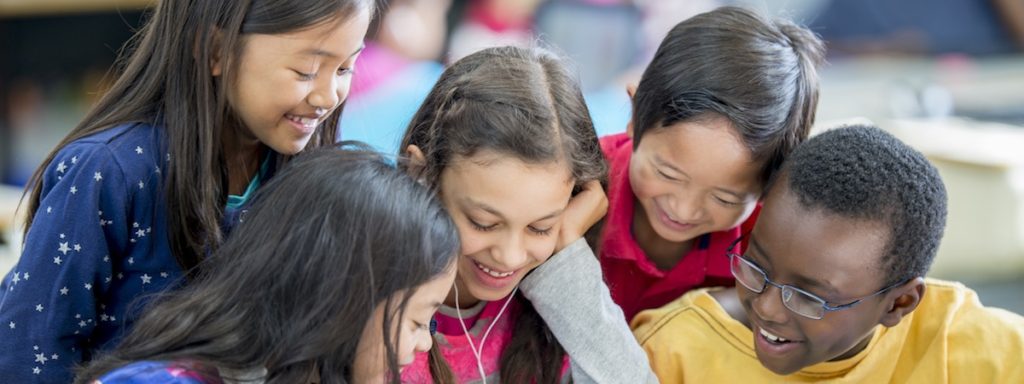
Reward systems in the classroom are a valuable way for students to feel empowered in their progress and behavior. When implemented correctly, these rewards create a tangible way for students to see their progress and involves them as participants. However, reward systems that are too loose or inconsistent can encourage entitlement or resentment between students. Today, we explore what a successful reward system looks like.
Creating a Plan
The first step in implementing a reward system is deciding what behavior or milestones should be rewarded. They should be something achievable, but at a frequency that boosts motivation. For example, in Wowzers, students receive a small number of virtual coins for completing activities. A few coins are given just for their progress, but additional coins are rewarded if they answer questions correctly. This encourages students to continue working on the curriculum in order to make progress, but also to slow down and ensure they are truly understanding the material and answering questions correctly.
Frequency of Rewards
The frequency at which students should receive rewards often varies with age. While younger students need more frequent reminders and encouragement, older students can go longer between rewards. One common suggestion is that toddlers should be rewarded every hour, preschoolers should be rewarded every day, and school-age students should be rewarded every week. To support this theory, Wowzers allows teachers to manually reward students with extra coins whenever they wish. These larger rewards can be linked to things such as classroom behavior, timeliness, and remembering to bring supplies or homework to class.
Immediate Feedback
The most powerful reward systems give students immediate feedback. While an immediate reward is not necessary at most ages, as discussed above, students should know that their positive progress or behavior was recognized. In Wowzers, students receive a virtual coin immediately, but they are not able to spend it until they’re in the free time portion of the program. By immediately recognizing students, it creates a much stronger link between the desired behavior or progress and the reward. Students feel motivated and empowered and are more likely to continue the activity.
Variety of Rewards
Different students desire different types of rewards. Wowzers solves this problem with our virtual mall, which allows students to spend their coins on a huge variety of in-game goods. When creating your own reward system, you may want to allow students to choose their own reward. Some students might value being allowed to sit next to a friend while others want a sticker or a positive call home to their parents. Whatever the reward, being able to physically see their progress has been shown to work best. This can take the form of an invented currency or a positive behavior chart on the wall.
To learn more how the Wowzers K-8 online math program rewards students for learning, contact our team or try a free trial.

0 Comments